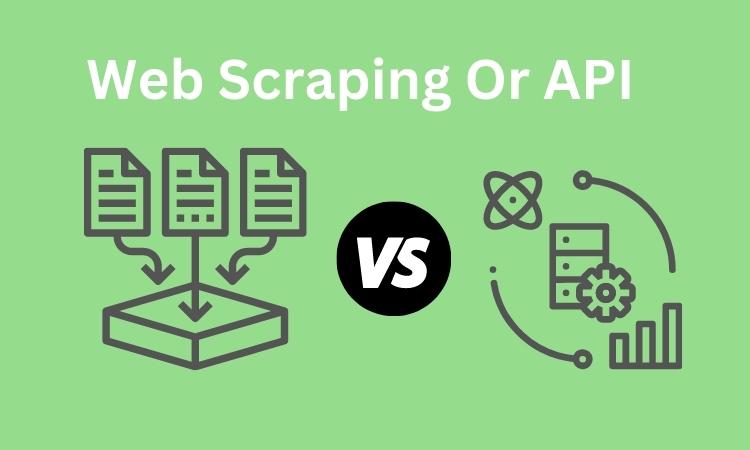How To Scrape Slickdeals? [A Comprehensive Guide]
Learn how to scrape Slickdeals product listings, analyze user sentiments, track pricing trends, and make informed decisions. Harness the potential of Slickdeals’ wealth of information today.
Web scraping has emerged as a powerful technique for collecting data from various websites, and Slickdeals, a popular platform for finding great deals and discounts, is no exception.
In this guide, we will delve into the intricacies of scraping Slickdeals, covering everything from
scraping product listings to extracting data from single product pages. Whether you’re a data enthusiast, a business owner, or a researcher, this guide will equip you with the knowledge you need to harness the wealth of information available on Slickdeals.
How to Scrape Slickdeals?
Web scraping is the process of automating the extraction of data from websites. When applied to Slickdeals, this technique allows you to gather valuable insights into product listings, deals, and discounts. Here’s a step-by-step guide to scraping Slickdeals effectively:
Step 1: Choose a Suitable Web Scraping Tool
To begin, you’ll need a reliable web scraping tool. There are various options available, ranging from beginner-friendly tools to more advanced frameworks. Some popular choices include Beautiful Soup, Scrapy, and Selenium. Depending on your familiarity with programming languages, you can choose the tool that best suits your needs.
Step 2: Understand Slickdeals’ Structure
Before you start scraping, it’s essential to understand the structure of Slickdeals’ website. Familiarize yourself with the layout of product listings and the elements that contain the information you wish to extract. This knowledge will be crucial in constructing your scraping code.
Step 3: Inspect the HTML
Use your web browser’s developer tools to inspect the HTML of Slickdeals’ pages. This will help you identify the specific HTML elements (such as divs, spans, and classes) that hold the data you want to scrape. Inspecting the HTML will enable you to create accurate and efficient scraping scripts.
Step 4: Write the Scraping Code
Using your chosen web scraping tool, write the code that will extract data from Slickdeals. Start by sending HTTP requests to the relevant URLs and then parsing the HTML to locate and extract the desired information. Ensure that your code respects Slickdeals’ terms of use and robots.txt file to avoid legal issues.
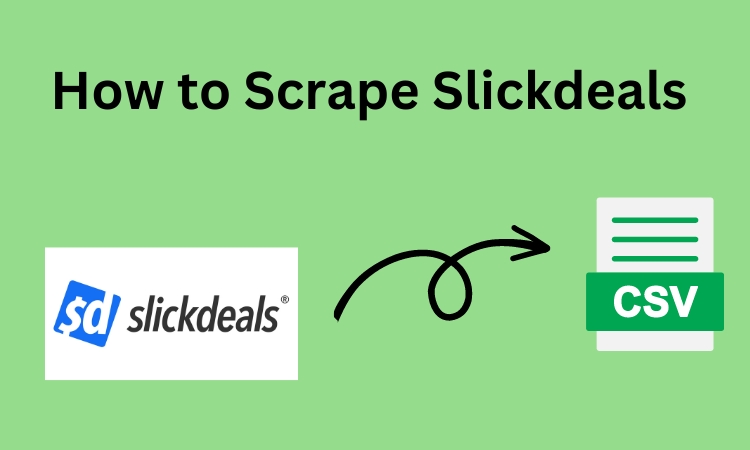
Why You Need to Scrape Slickdeals?
Slickdeals, a popular online platform for discovering deals, discounts, and offers, is a treasure trove of valuable information for both consumers and businesses. Web scraping Slickdeals can provide unique insights and advantages that can’t be easily obtained through other means. Let’s explore the compelling reasons why scraping Slickdeals can be a game-changer in various contexts.
1-Uncover Hidden Deals and Discounts
Slickdeals is renowned for featuring a wide range of deals and discounts from various retailers. However, not all deals are prominently displayed on the homepage. By scraping Slickdeals, you can uncover hidden gems that might go unnoticed by casual visitors. This gives you an edge in finding the best offers and saving money on your purchases.
2-Price Tracking and Historical Data
Web scraping Slickdeals allows you to track price fluctuations over time. By collecting historical pricing data, you can identify patterns and trends in pricing strategies. This information is invaluable for making informed buying decisions, especially when planning purchases during specific sales events.
3-Market Research and Competitor Analysis
For businesses, scraping Slickdeals offers a unique window into consumer preferences and behaviors. By analyzing the types of products that receive the most attention and engagement, businesses can gain insights into market trends and adjust their offerings accordingly. Additionally, monitoring how competitors are leveraging Slickdeals can provide valuable intelligence for staying competitive.
4-User Sentiment Analysis
Slickdeals’ vibrant community often leaves reviews, comments, and ratings on deals. Scraping these interactions can give you a glimpse into user sentiments and opinions about products and brands. This information is immensely valuable for businesses looking to improve their offerings and customer experiences.
5-Data-Driven Decision Making
Scraping Slickdeals equips you with a wealth of data that can guide decision-making processes. Whether you’re a consumer seeking the best deals or a business formulating marketing strategies, having access to data-driven insights from Slickdeals can significantly enhance your decision-making capabilities.
6-Customized Alerts and Notifications
By scraping Slickdeals, you can create customized alerts and notifications based on specific criteria, such as keywords, brands, or price ranges. This ensures that you’re promptly informed about deals that align with your interests, enabling you to seize opportunities as they arise.
7-Research and Analysis
Researchers and analysts can benefit from scraping Slickdeals to study consumer behavior, price elasticity, and the impact of various promotional strategies. This data can contribute to academic studies, market research reports, and business case studies.
8-Deal Verification and Accuracy
Not all deals and discounts on Slickdeals are accurate or legitimate. By scraping the platform, you can cross-reference deals and verify their authenticity, saving yourself from potential disappointment or scams.
9-Time-Saving and Efficiency
Scraping Slickdeals automates the process of finding deals and relevant information. Instead of manually browsing through countless pages, you can retrieve the data you need in a fraction of the time, allowing you to focus on other tasks and priorities.
10-Personalization and Recommendation Systems
Scraped data from Slickdeals can contribute to the development of personalized recommendation systems. Businesses can use this data to suggest deals and products that align with individual preferences, enhancing user experiences and increasing engagement.
Related: What is Price Scraping?
How to Scrape Slickdeals Product Listings?
Product listings on Slickdeals provide a wealth of information about deals, discounts, and user interactions. Scraping these listings can offer insights into popular products, pricing trends, and more. Follow these steps to scrape product listings effectively:
Step 1: Identify the Product Listing URLs
Navigate through Slickdeals’ categories and search results to identify the URLs of the product listings you want to scrape. These URLs will serve as the starting points for your scraping process.
Step 2: Extract Basic Information
Start by extracting basic information from the product listings, such as product names, prices, ratings, and deal descriptions. This data can provide a snapshot of the most popular and trending deals on Slickdeals.
Step 3: Collect Additional Details
Delve deeper into the product listings to gather additional details, such as user comments, reviews, and the number of upvotes. This information can offer insights into user sentiments and the overall popularity of the deals.
Step 4: Handle Pagination
Slickdeals often display product listings across multiple pages. Implement pagination in your scraping code to ensure you capture data from all relevant pages. This step is crucial to obtaining a comprehensive dataset.
How to Scrape Slickdeals Single Product Page?
Scraping data from a single product page on Slickdeals allows you to gather in-depth information about a specific deal. This can be particularly useful for detailed Analysis and comparison. Follow these steps to scrape data from a single product page:
Step 1: Obtain Single Product URLs
Identify the URLs of the single product pages you want to scrape. These URLs can often be found within the product listings you previously scraped.
Step 2: Extract Detailed Information
Scrape the single product pages to extract detailed information about the deal. This may include product specifications, user reviews, merchant information, and any additional images or videos.
Step 3: Handle Dynamic Content
Some content on single product pages, such as user-generated reviews and comments, may be loaded dynamically. Use tools like Selenium to interact with the page and retrieve this dynamic content.
Step 4: Data Storage and Analysis
Store the scraped data in a structured format, such as a CSV file or a database. This will facilitate further Analysis, visualization, and interpretation of the collected information.
FAQs
Is web scraping legal on Slickdeals?
Web scraping is generally permitted, but it’s important to review Slickdeals’ terms of use and robots.txt file before scraping. Respect their guidelines to avoid any legal issues.
Can I scrape Slickdeals for personal use?
Yes, you can scrape Slickdeals for personal use. However, ensure that your scraping activities do not violate any terms of use and that you do not overload the website’s servers.
What programming languages can I use for web scraping Slickdeals?
You can use programming languages like Python, which offers libraries and frameworks like Beautiful Soup, Scrapy, and Selenium that simplify the web scraping process.
Can you make money on Slickdeals?
Yes, you can save money by finding deals and discounts on Slickdeals. Businesses can also gain insights and potentially increase sales through strategic engagement on the platform.
How do I scrape all data from a website?
To scrape all data from a website, you need to create a scraping script that navigates through the site’s pages, extracts relevant data using HTML parsing techniques, and stores it systematically for further Analysis.
Conclusion
Web scraping Slickdeals can provide valuable insights into deals, discounts, and consumer sentiments. By following the steps outlined in this guide, you’ll be equipped to scrape both product listings and single product pages effectively.
Remember to respect Slickdeals’ terms of use and guidelines throughout the scraping process to ensure a seamless and lawful data collection experience.


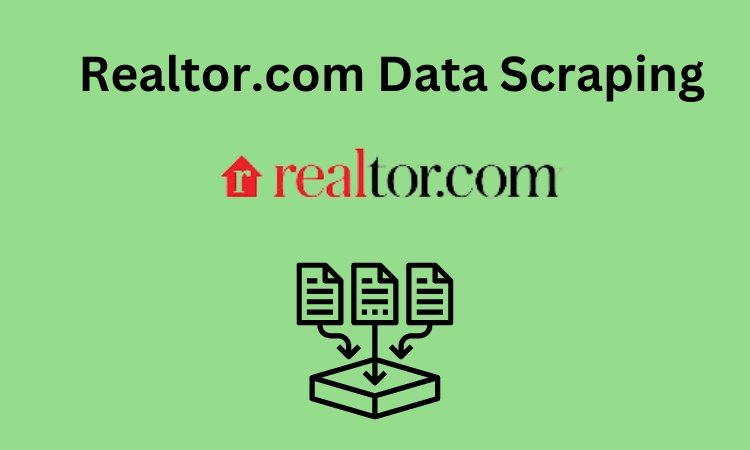
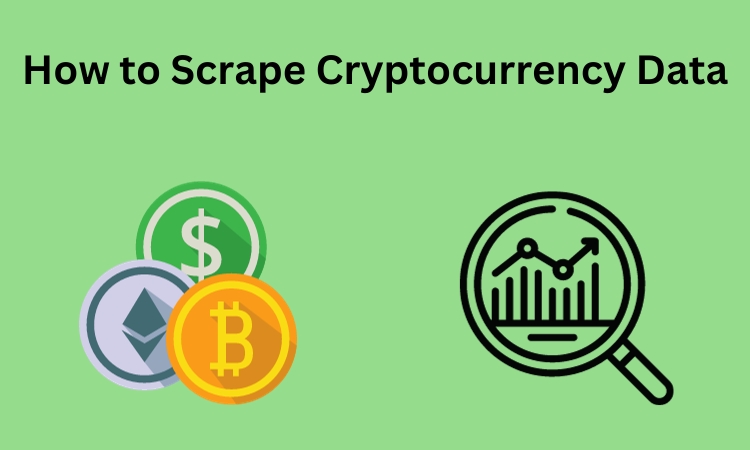
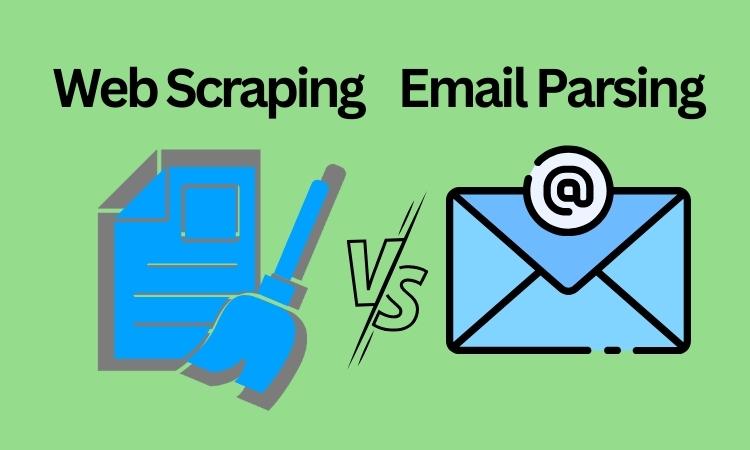
![How to Scrape eBay Listings? [5 Easy Ways]](https://www.alnusoft.com/wp-content/uploads/2023/06/How-to-Scrape-eBay-Listings.jpg)
